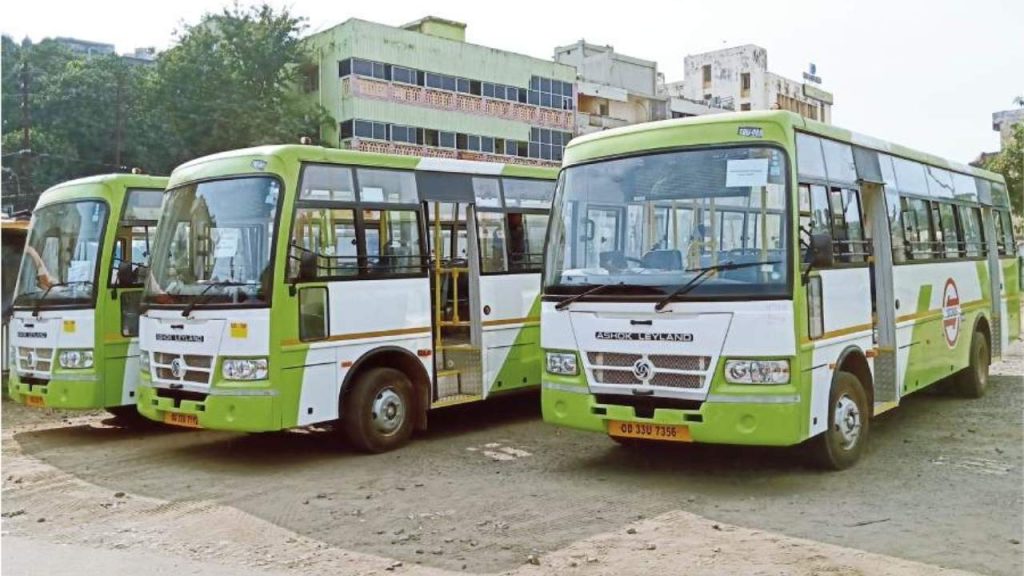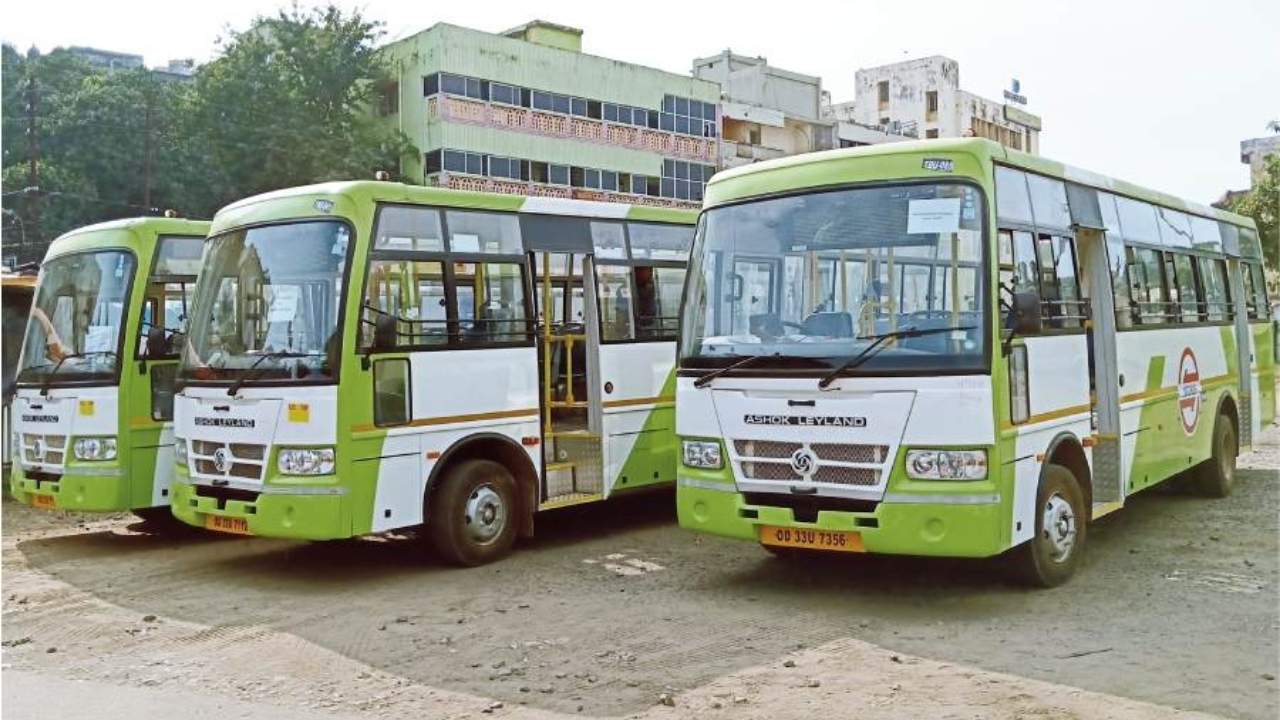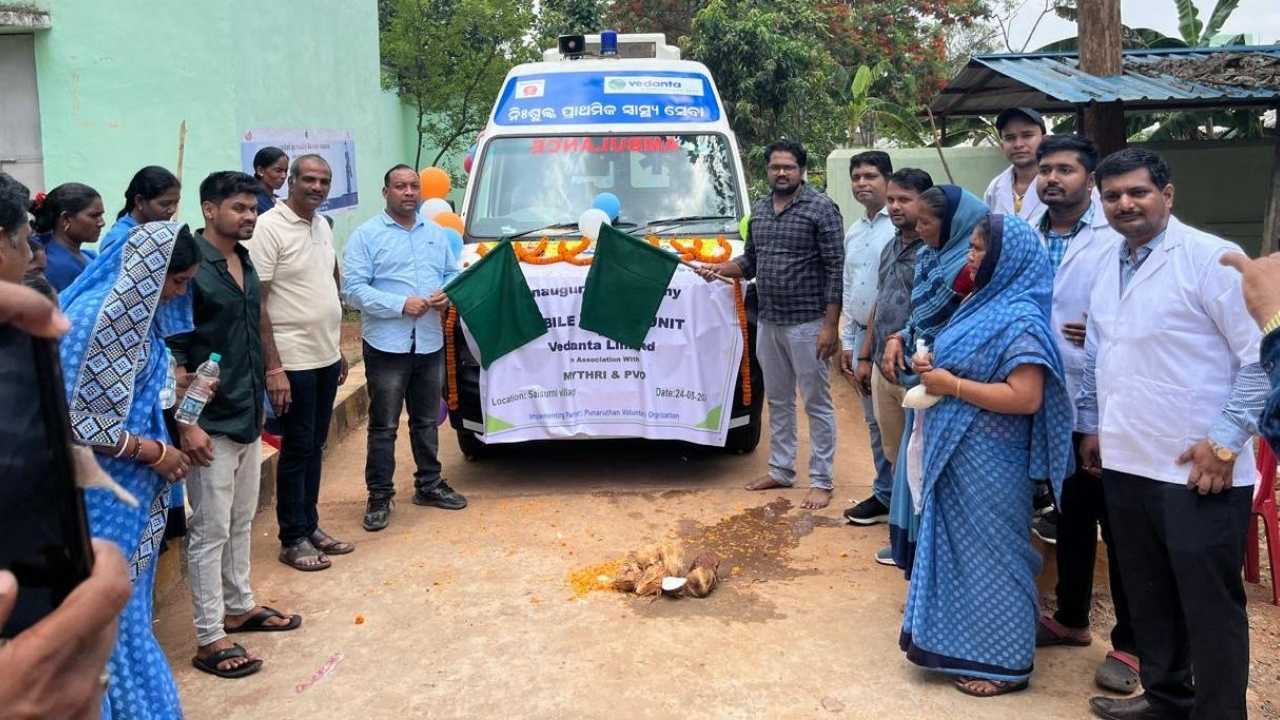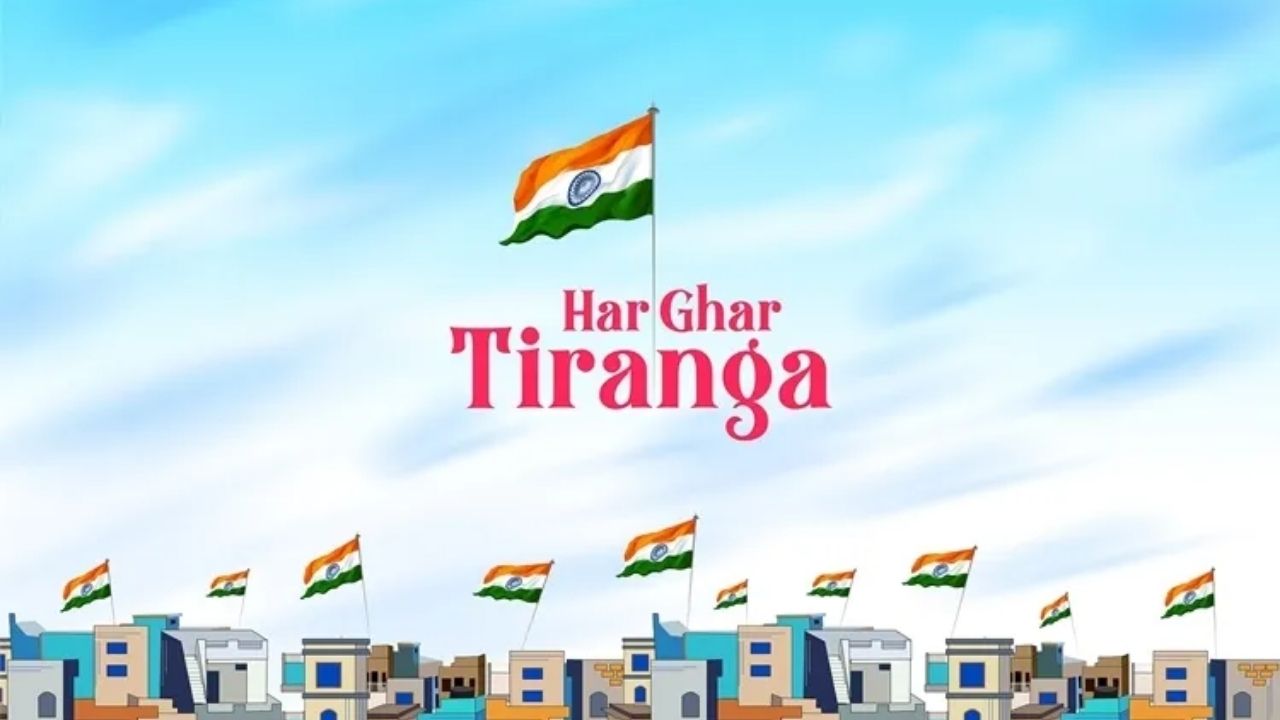In recent days, Odisha’s public transport system has faced significant disruptions, as private buses were off the roads due to a drivers’ strike. This strike, which began on July 8, 2025, was driven by demands for better working conditions, improved benefits, and recognition of bus drivers as skilled workers. For many passengers, this led to chaos, especially in major terminals like Bhubaneswar’s Baramunda and Cuttack’s Netaji Subhas Chandra Bose Bus Terminal, where hundreds of travelers were left stranded. However, after nearly four days of disruption, private buses in the state have finally resumed operations, bringing much-needed relief to commuters.

While bus services are gradually returning to normal, the strike itself continues to shine a light on the ongoing struggles of the workforce that plays an essential role in Odisha’s transport infrastructure. This article takes a deeper dive into the situation, exploring the context, what led to the strike, the current state of public transport, and practical advice for passengers who rely on this service.
Private Buses Back on Track
| Topic | Details |
|---|---|
| Strike Start Date | July 8, 2025 |
| Duration of Disruption | 4 days, ending July 12, 2025 |
| Number of Affected Buses | Approximately 13,000 private buses across Odisha were grounded. |
| Main Demands of Drivers’ Union | 1. Improved working conditions. 2. Social security benefits. 3. Skilled workers recognition. |
| Government’s Response | The Odisha Government assured security and support for drivers’ demands. |
| Resumption of Services | Buses resumed operations on July 12, 2025, restoring partial normalcy. |
| Drivers’ Ongoing Demands | Pension benefits, accident insurance, job reservations in mines/factories. |
| Government Support | Ongoing negotiations between the government and drivers’ association. |
| Official Sources for Updates | Odisha TV Pragativadi |
The private bus drivers’ strike in Odisha has caused considerable disruption, but the recent resumption of services is a glimmer of hope for thousands of commuters. While the strike’s official end is yet to be reached, the government’s intervention and commitment to addressing drivers’ demands is a positive step. For now, passengers can expect partial normalcy, but staying informed and planning ahead will be key to navigating the ongoing situation.
As the negotiations continue, it’s crucial for both passengers and authorities to keep communication lines open and work together for a solution that benefits everyone involved. Remember, understanding and empathy toward the issues faced by bus drivers will only improve the situation in the long run.
Why Did the Strike Happen?
At the heart of the private bus drivers’ strike is the workers’ demand for fair treatment and better working conditions. The drivers, who have been the backbone of Odisha’s public transport system, have long felt sidelined in terms of recognition and benefits. The All Odisha Driver Mahasangha (AODM) initiated the strike, and their key requests are clear: job security, health insurance, accident insurance, and pension for workers, who often face long hours and demanding work conditions.
Additionally, the drivers have pushed for recognition as skilled workers, which would improve their status and potentially lead to better wages and benefits. According to AODM spokespersons, the lack of a proper social safety net, along with frequent accidents and job insecurity, prompted them to take action.
What Happened During the Strike?
The private bus strike severely impacted thousands of commuters. In major cities like Bhubaneswar, Cuttack, and Sambalpur, where buses are the primary mode of public transport, people had no choice but to resort to alternative transport options like auto-rickshaws, cycle-rickshaws, or even taxis, which were either scarce or far more expensive. With around 13,000 buses off the roads, the situation became tense, especially during peak travel times.
People who were dependent on buses for their daily commute to work, school, or businesses faced delays and disruptions. The strike lasted for four days, leaving passengers stranded and frustrated, but the government stepped in with promises to address the concerns of the bus drivers, signaling a potential resolution.
Government Intervention
On July 12, 2025, the Odisha State Private Bus Owners’ Association made an announcement that private buses would resume service. This was after the Odisha Government provided assurances regarding security for bus drivers and committed to addressing the drivers’ concerns. The government and bus owners met in closed-door discussions, where the officials proposed measures to improve the drivers’ working conditions.
Despite the resumption of services, the strike has not officially ended, and negotiations between the drivers’ union and the government are still ongoing. Key points of discussion include accident insurance, pension plans, and local job reservations for drivers in industries like mining, which are common in the region.
A Glimmer of Relief: Resumption of Services
Although the full resolution of all the drivers’ demands may take time, the resumption of bus services has provided relief to the millions of commuters in Odisha. Early morning buses started running on July 12, 2025, easing the situation at the major terminals. The partial return of normalcy is a welcome development for students, workers, and families who rely on buses as their primary mode of transport.
However, while buses are back on track, the situation is still fluid. Passengers are advised to stay updated on any new developments regarding the strike and its outcome. Bus schedules may still face some changes as the negotiations continue.
Practical Advice for Commuters
For commuters who are using private buses in Odisha, there are a few practical steps to follow to ensure a smoother travel experience during this ongoing situation:
1. Stay Updated
Always check local news and official bus service websites for the latest updates on bus schedules and route changes. Reliable sources like Odisha TV and Pragativadi provide real-time news about the situation.
2. Consider Alternative Transport
If buses are unavailable or delayed, try using auto-rickshaws, taxis, or ride-sharing services like Ola or Uber. While these options can be costlier, they can help get you to your destination in case buses are not operating on time.
3. Plan Ahead
With disruptions to bus services, try to leave home earlier to account for delays. Whether you’re heading to work, school, or appointments, additional time will help you manage any unexpected delays.
4. Support Drivers’ Concerns
As passengers, it’s essential to understand the reasons behind the strike and empathize with the bus drivers. Their demands for better working conditions are valid and aim to improve the quality of the services we all depend on.
5. Follow Safety Guidelines
If you’re traveling during the strike, ensure your safety by following local guidelines and being cautious about overcrowded or unsafe transport options.
Odisha Faces Major Transport Disruptions as Drivers’ Association Calls for Ceasework
Essential Commodities in Short Supply as Odisha Drivers Continue Protest
Transport Chaos in Odisha: Is the Drivers’ Protest Politically Motivated?
FAQs
1. When did the drivers’ strike start?
The strike began on July 8, 2025, and continued for four days before private bus services resumed on July 12.
2. What are the drivers asking for?
The drivers are demanding better working conditions, social security benefits, pension plans, and recognition as skilled workers. They also want accident insurance and job reservations in industries like mining.
3. How many buses were affected?
Around 13,000 private buses were affected across the state, leaving commuters stranded at key terminals.
4. Are buses fully back in service?
Private buses have resumed operations, but the situation is still fluid, and negotiations between the drivers’ union and the government are ongoing.
5. What can I do if buses aren’t available?
Consider using auto-rickshaws, taxis, or ride-sharing services. It’s also a good idea to plan your trips in advance to avoid delays.





